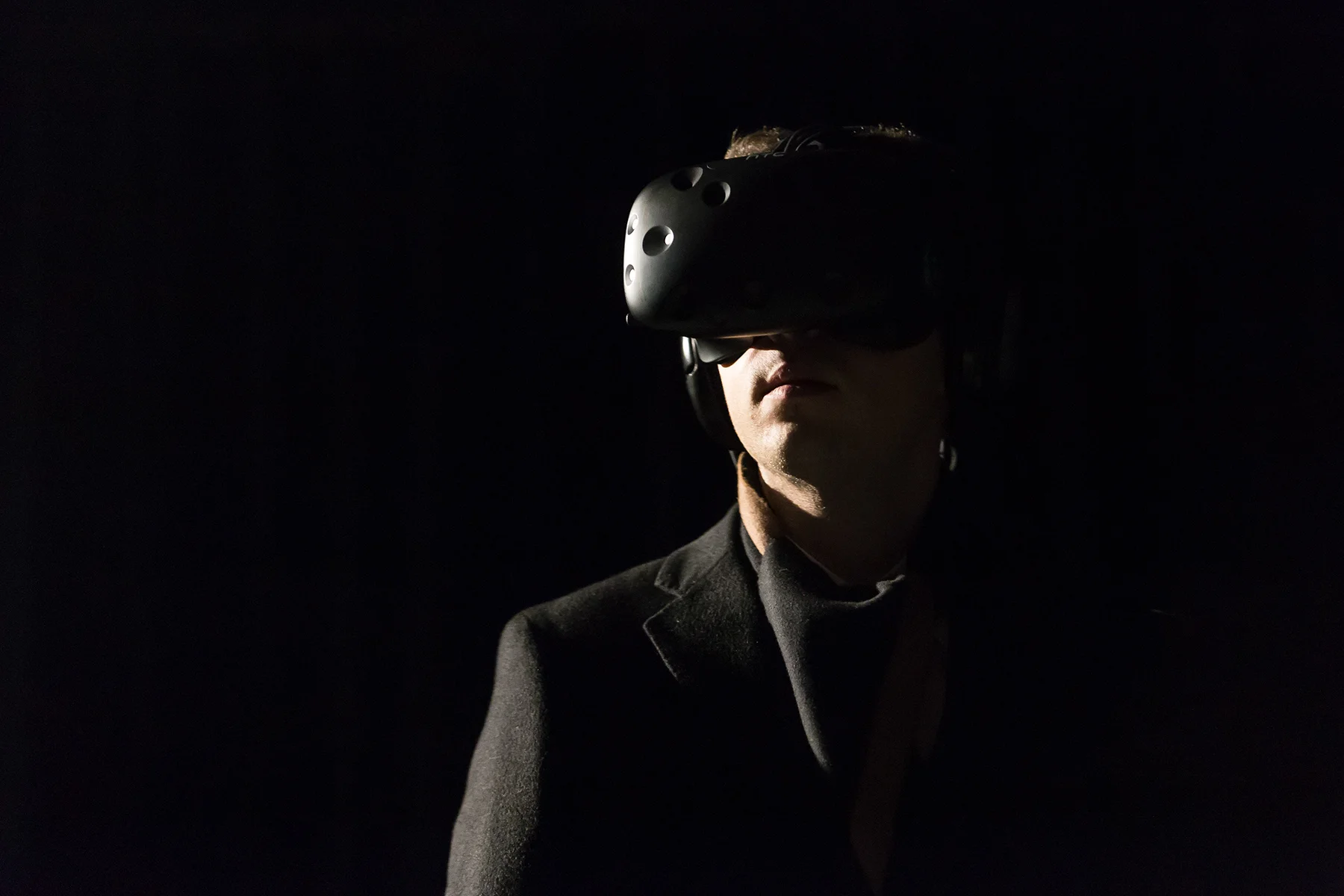Virtual Experience Design Lab, 2017
September 1955 is a 8-minute virtual-reality documentary of the Istanbul Pogrom, a government-initiated organized attack on the minorities of Istanbul on September6-7, 1955. This interactive installation places the viewer in a reconstructed photography studio in the midst of the pogrom, allowing one to witness the events from the perspective of a local shop-owner.



